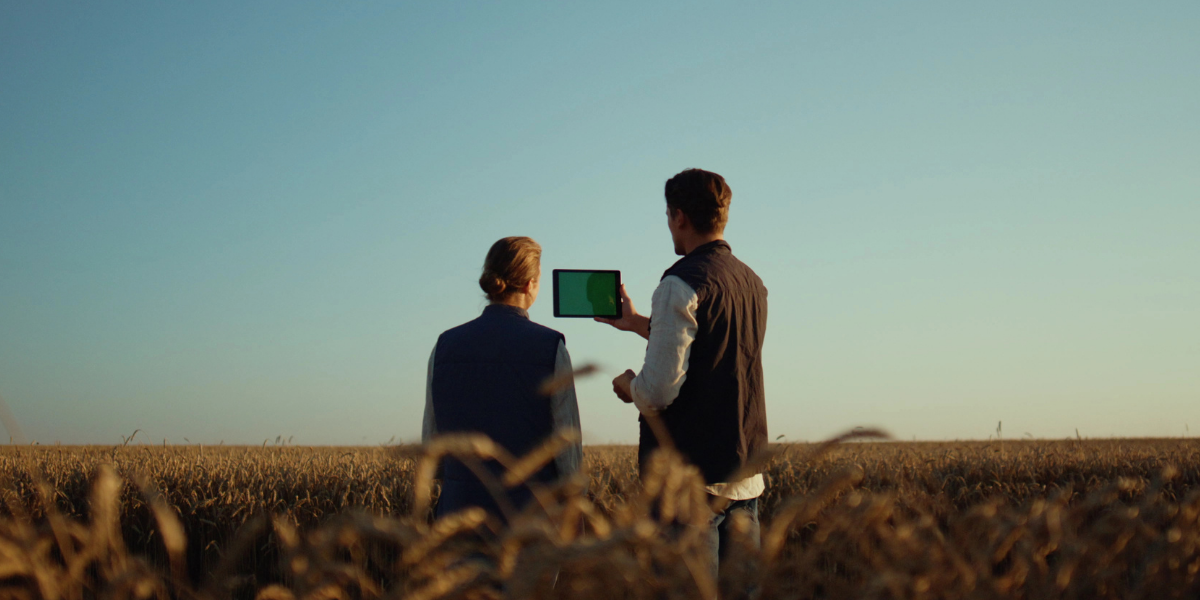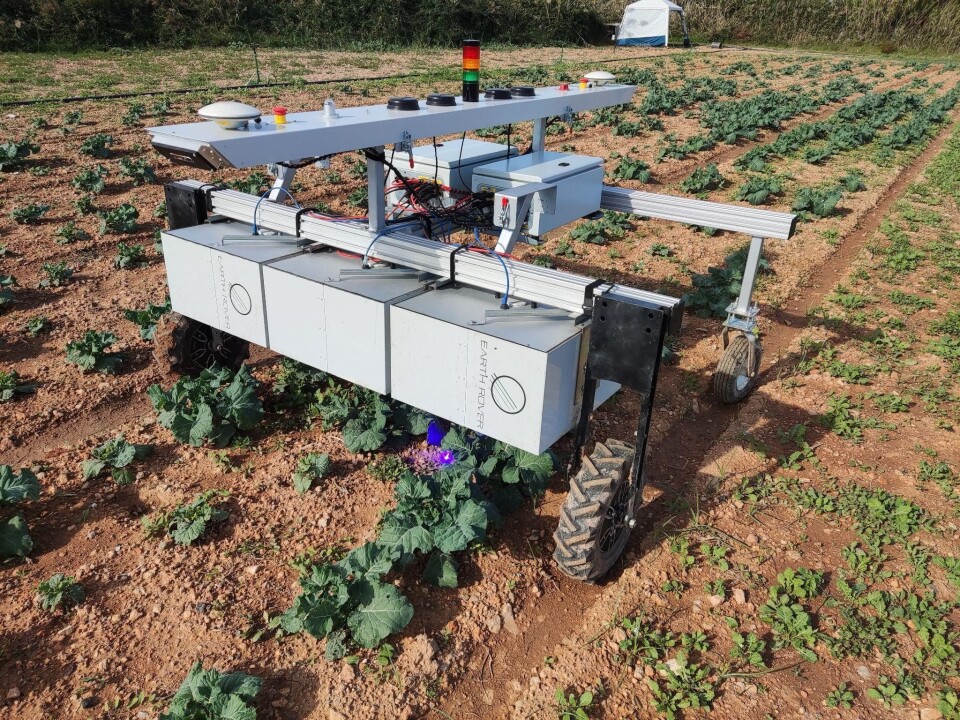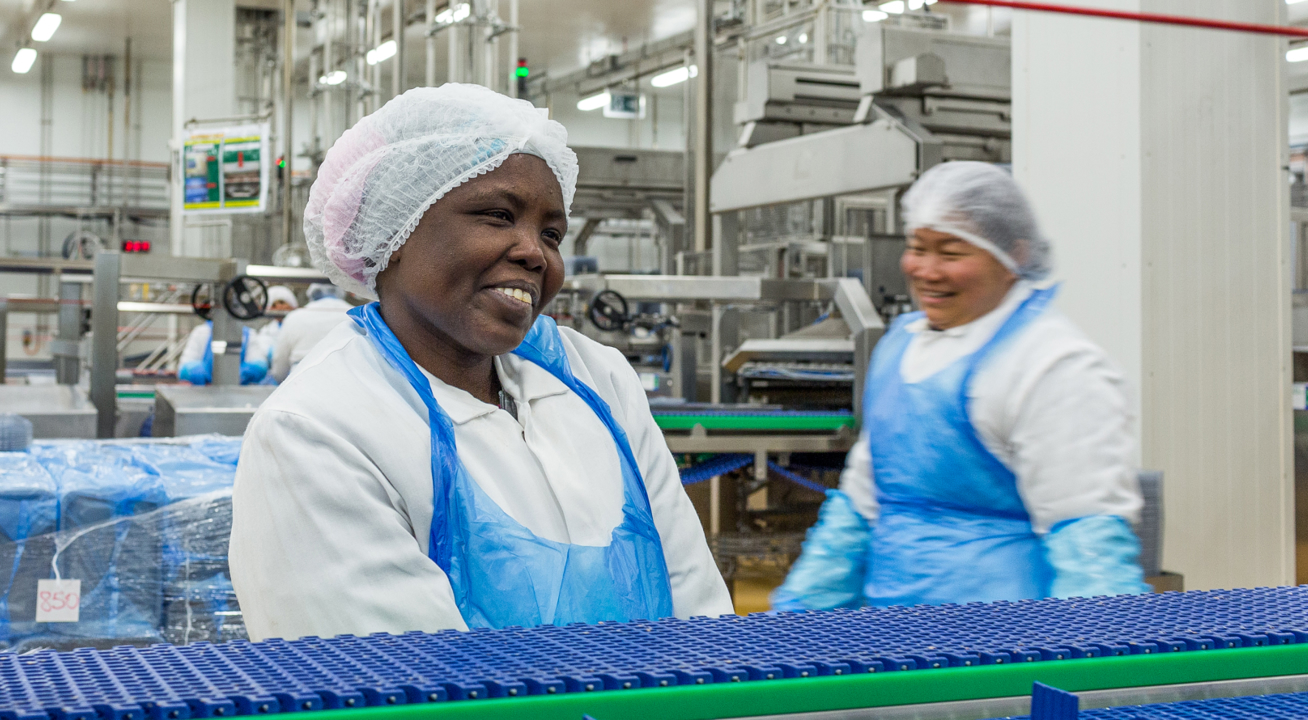In this article we explore practical risk mitigation strategies to strengthen your supply chain - ensuring your products and business remain safe, compliant and data-secure from end to end.
A decade ago, conversations around food safety rarely made it off the factory floor.
But as disruption has shaken global food supply chains to their core – be it COVID-19, geopolitical conflict or the increasing impact of climate change – turning even small cracks in safety protocols into a source of risk, the topic has made its way into the public consciousness.
The EU’s 2025 Eurobarometer Survey on Food Safety found that some seven in 10 Europeans say they are personally interested in food safety – with only cost and taste ranked more highly on their list of concerns.
They’re increasingly clued up as a result, with higher proportions aware of the role of food additives (71%), animal disease (65%), use of antibiotics in livestock (36%) and even microplastics (63%).
For food and drink businesses this sets a far higher bar when it comes to demonstrating the safety and quality of products to shoppers, compounded by a growing list of requirements from policymakers, retailers and manufacturers, each with their own agenda when it comes to food safety.
The EU’s 2025 Eurobarometer Survey on Food Safety found that some seven in 10 Europeans say they are personally interested in food safety.
But, shared goal though it is, this scrutiny on food safety can be costly, complex and even a source of confusion for businesses to navigate, particularly where operating across different markets.
So, how can they create workable frameworks that bolster food safety, sustainably?
How to design a food safety plan of action
Each business should aim to develop a designated food safety management framework that identifies risk, embeds agreed safety protocols, vets suppliers and lays out clear processes for what to do if or when a breach in those protocols occurs.
There are a few different steps to designing this framework.
1. Identify the hazards in your food supply chain
It sounds obvious, but safety breaches most commonly occur in supply chain blind spots, that is where there’s a missing link in how an ingredient has been sourced or poor communication with a supplier.
Ensure you shine a light in those shady corners of your supply chain by putting each product, ingredient, partner and process under the microscope from the outset.
Ideally, bring together a multi-disciplinary team to help you do this, with different teams and specialists feeding into a comprehensive visual map of your supply chain and lending their insight on where risks may be bubbling away beneath the surface.
It sounds obvious, but safety breaches most commonly occur in supply chain blind spots.
Leave no stone unturned here.
Ask yourself these five food safety questions...
- Can we trace a product from origin to end-user with zero gaps?
- Do we use ingredients where there’s a known vulnerability to contamination or adulteration?
- Are there markets where audit checks have been traditionally harder to carry out?
- Do any products, ingredients or suppliers have a history of safety breaches or recalls?
- Might upcoming regulation impact how a particular product or ingredient is sourced and labelled?
2. Create a systematic approach
Food safety protocols can take different formats. A Hazard Analysis Critical Control Point (HACCP) is a common framework for a food and drink business. Simpler options include Safer Food, Better Business (SFBB).
Whatever the structure, a robust framework should outline a systematic approach to evaluating and controlling potential identified hazards in a supply chain, with a bias toward prevention rather than reaction.
As a baseline, it should include:
- Critical Control Points: Using a hazard analysis conducted at the outset, pinpoint the steps in food sourcing or production where intervention is needed. This could range from the basic, like consistent cooking times and temperatures, to more complex, such as how a product is sourced, stored and transported to maintain quality.
- Monitoring / surveillance: It isn’t enough to draft and circulate a plan and consider food safety taken care of. Ensure any framework includes a long-term system for ongoing checks and surveillance, be it spot checks on the factory floor or testing products intermittently before they leave the premises. This extends to suppliers too (see more, below)
- Record-keeping: Be it product specs or new supply contracts, businesses are required to share an increasing amount of evidence to demonstrate the work they’re carrying out on food safety. That means a robust way to keep records and track products/ingredients is a critical part of any food safety framework. Aim to digitise and centralise this data where possible, to ensure easy access and the ability to share widely across different teams.
Whatever the structure, a robust framework should outline a systematic approach to evaluating and controlling potential identified hazards in a supply chain.
3. Measure up supply chain partners
Food safety is only as strong as the weakest link in your supply chain so vetting suppliers against their own food safety protocols and processes is a critical part of preventing a breach.
For that reason, a robust supplier approvals process focused on safety should also be a key element of any food safety framework.
How this looks will, of course, vary widely but could include requirements for suppliers to:
- Provide written records of how any ingredient or product is sourced
- A copy of their own Critical Control Points and what preventative steps have been taken
- Evidence of compliance with all local food health and safety regulations
- Insurance to cover any potential food safety breaches stemming from their actions
- Additional certification where applicable to demonstrate product integrity. For example, products with Protected Designation of Origin (PDO) status.
It isn’t always as straightforward as ending a relationship where a supplier doesn’t meet all these obligations at first check, of course. There are other factors at play, such as cost or existing contract terms.
But what is crucial is to create a roadmap that ensures they can tick every box within a reasonable timeframe.
4. Tailor product specs
Though the fundamentals of safe, high-quality food remain the same wherever you are in the world, the reality is that different countries require varying levels of evidence to prove it.
This is particularly true for areas such as labelling. Allergen management is a case in point. In some markets all known allergens must be listed. In other cases, that isn’t required.
But what is crucial is to create a roadmap that ensures they can tick every box within a reasonable timeframe.
This variability needs to feed into any food safety framework from the outset, with products and ingredients cross-referenced against the jurisdiction where they’re being manufactured or sold. Again, a centralised data platform can be incredibly useful here to make this kind of complex information easy to decipher and share across teams.
What to do when a food safety breach does occur
Even with the best laid plans, breaches to food safety and quality can occur, even in the most carefully monitored supply chains. This could be down to human error or unforeseeable circumstances such as extreme weather or geopolitical disruption.
This includes:
- Recall: Product recall plans that map out clear communication channels with vendors and consumers, distribution / return options and compensation methods
- Insurance: Protect against the financial impact of product recalls or loss via specialised insurance
- Review: Don’t bury your head in the sand. Understand what has happened – and amend your food safety framework accordingly to ensure there’s no repeat occurrence in the future.
Concerned about resilience in other areas of your supply chain? Learn more about how to make sure you are ready for climate-related stresses in our article Strategies for a resilient supply chain: getting climate proactive.
You can also overcome your supply chain visibility and traceability challenges with our Supply Chain Mapping tools. To learn more, download your free brochure below:
.jpg)
Greer McNally
Greer has over 15 years’ experience writing about trends in the food and retail sectors. She lives in a little village by the sea in Northern Ireland and loves creating content that informs how people think about the food industry. A recent career highlight was interviewing the legend that is Dr Temple Grandin.
Stay up to date
Stay up to date
Browse Posts
- November 2025
- October 2025
- September 2025
- August 2025
- July 2025
- June 2025
- May 2025
- April 2025
- March 2025
- February 2025
- January 2025
- December 2024
- November 2024
- October 2024
- September 2024
- August 2024
- July 2024
- June 2024
- May 2024
- April 2024
- March 2024
- February 2024
- January 2024
- December 2023
- November 2023
- October 2023
- September 2023
- August 2023
- July 2023
- June 2023
- May 2023
- April 2023
- March 2023
- December 2022
- November 2022
- October 2022
- September 2022
- August 2022
- July 2022
- June 2022
- May 2022
- April 2022
- March 2022
- February 2022
- January 2022
- December 2021
- November 2021
- October 2021
- August 2021
- July 2021
- June 2021
.png)

/Blog%20Headers/shutterstock_1927957907%20(1).jpg)
/Blog%20Headers/shutterstock_1845178195%20(2).jpg)
/Blog%20Headers/shutterstock_2473376713.jpg)
/Blog%20Headers/shutterstock_2133827717%20(1).jpg)
/Blog%20Headers/shutterstock_2247276303.jpg)


.png)
.png)

/Blog%20Headers/Blog%20header_Supply%20Chain%20Resilience%20Series_Navigating%20trade%20tensions.jpg)
/Blog%20Headers/Supply%20chain%20resilience%20Blog%20Header%20.jpg)

.png)
.jpeg)
/Blog%20Headers/shutterstock_2469356249.jpg)
.png)
/Blog%20Headers/shutterstock_1794185881.jpg)